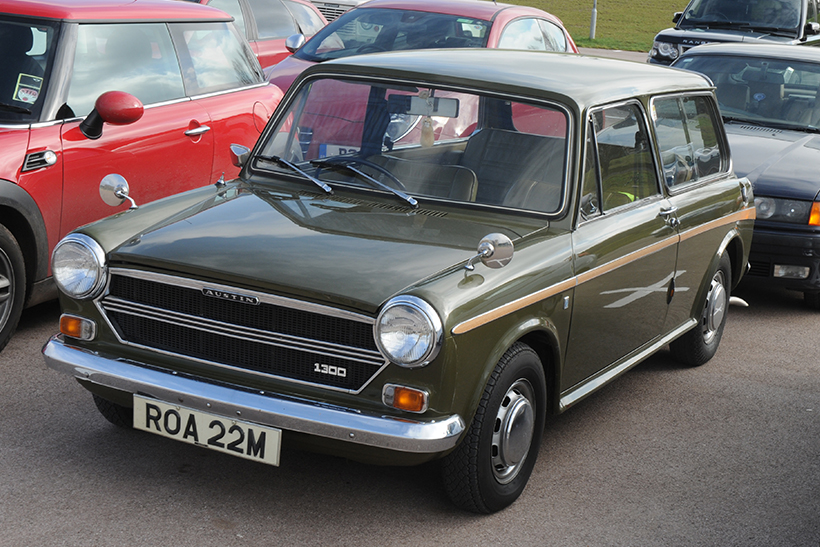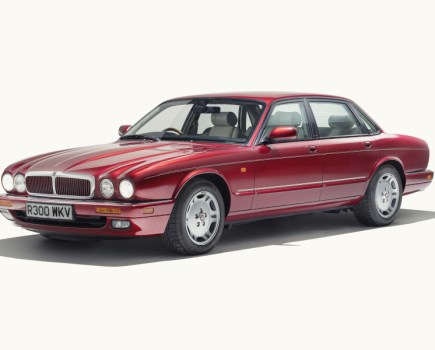The fact that customers were still buying the ADO16 BMC1100/1300 range even after its replacement had been launched illustrates perfectly how popular the ‘big Mini’ was with UK buyers. In fact the car was Britain’s top selling car every year from 1963 to 1971 apart from 1967.
Launched in 1962, the 1100 took all the packaging ingenuity which had created the Mini and wrapped it up in a much larger bodyshell, neatly styled by Pininfarina. The result was an affordable, cheap to run and very practical car with room for the family and a cossetting ride courtesy of its Hydrolastic fluid suspension. For those who wanted more luggage space, the car was offered as an estate from 1966 – rather paradoxically in two-door form only – badged as either Morris Traveller or Austin Countryman as was BMC tradition.
The ‘ADO16’ as it was codenamed, was available initially with just the 1098cc A-Series badged as 1100 but in 1967 the 58 bhp 1275cc engine was offered. This gave the car an unlikely turn of speed, although the twin-carb 70 bhp version was offered only in the MG and Riley saloon models.
The 1100/1300 range would last until 1973, when it would be replaced on the Longbridge production lines by the Allegro which proved to be anything but the success the ADO16 had been. Popular though the 1100/1300 was, the estate was always something of a niche model and its small numbers meant that it was assembled not at Longbridge but at Pressed Steel’s Castle Bromwich plant (now Jaguar) where the bodyshells were made.
Even at classic car shows, the Traveller and Countryman are rare sights, especially in later Mk2 form. They’re great fun though, especially in 1300 form and you can’t help but smile as you float down the road in one.





